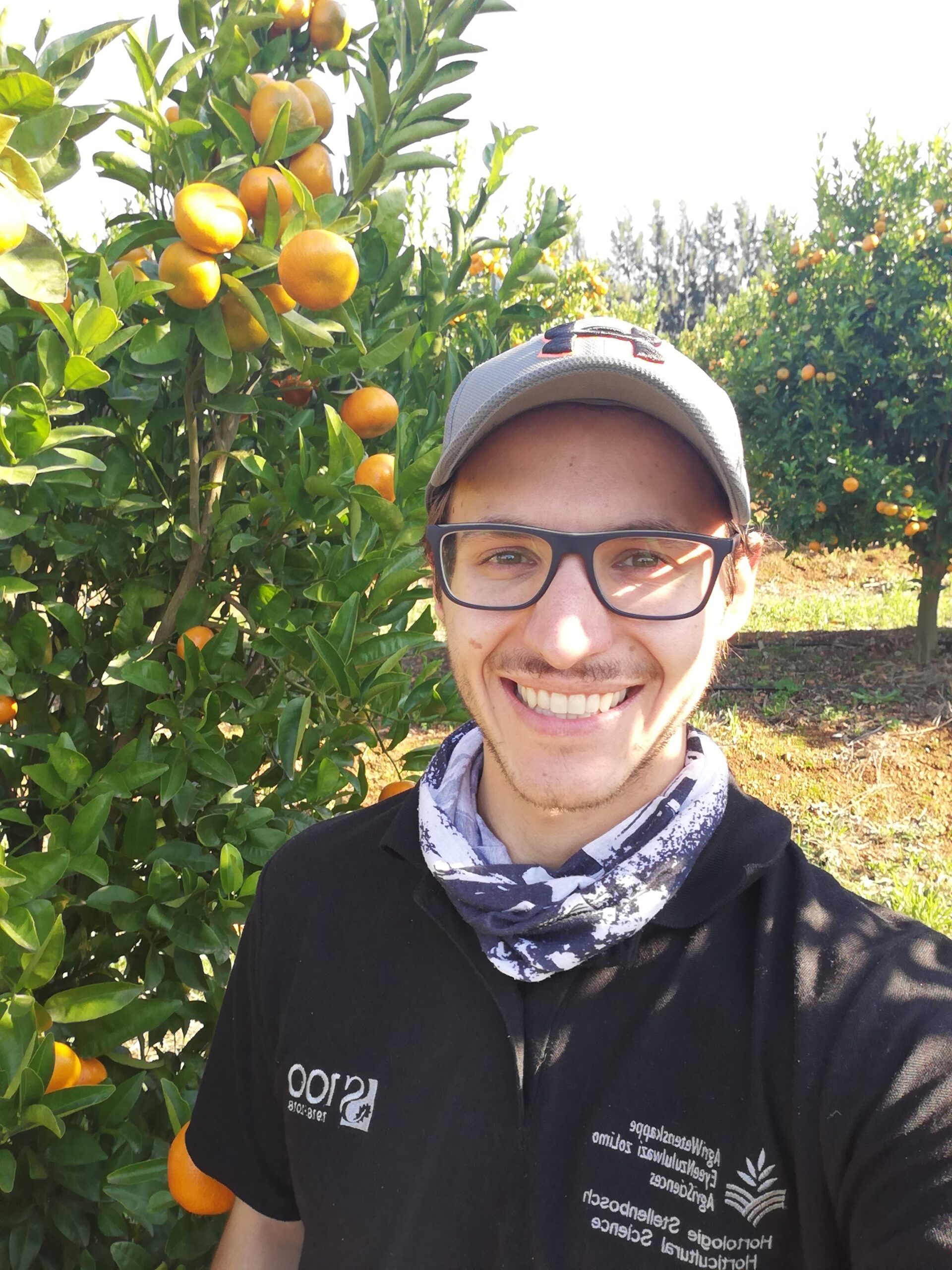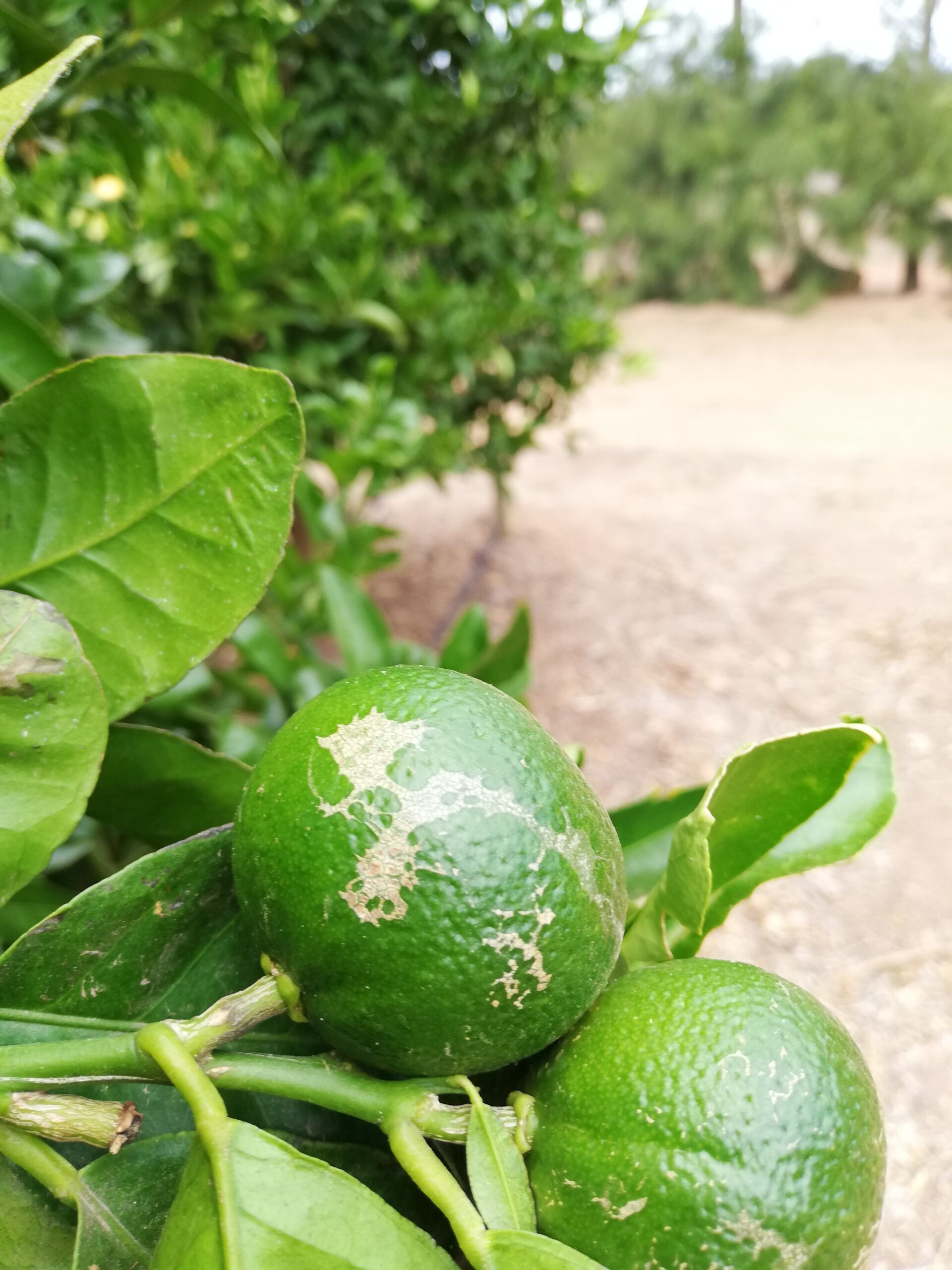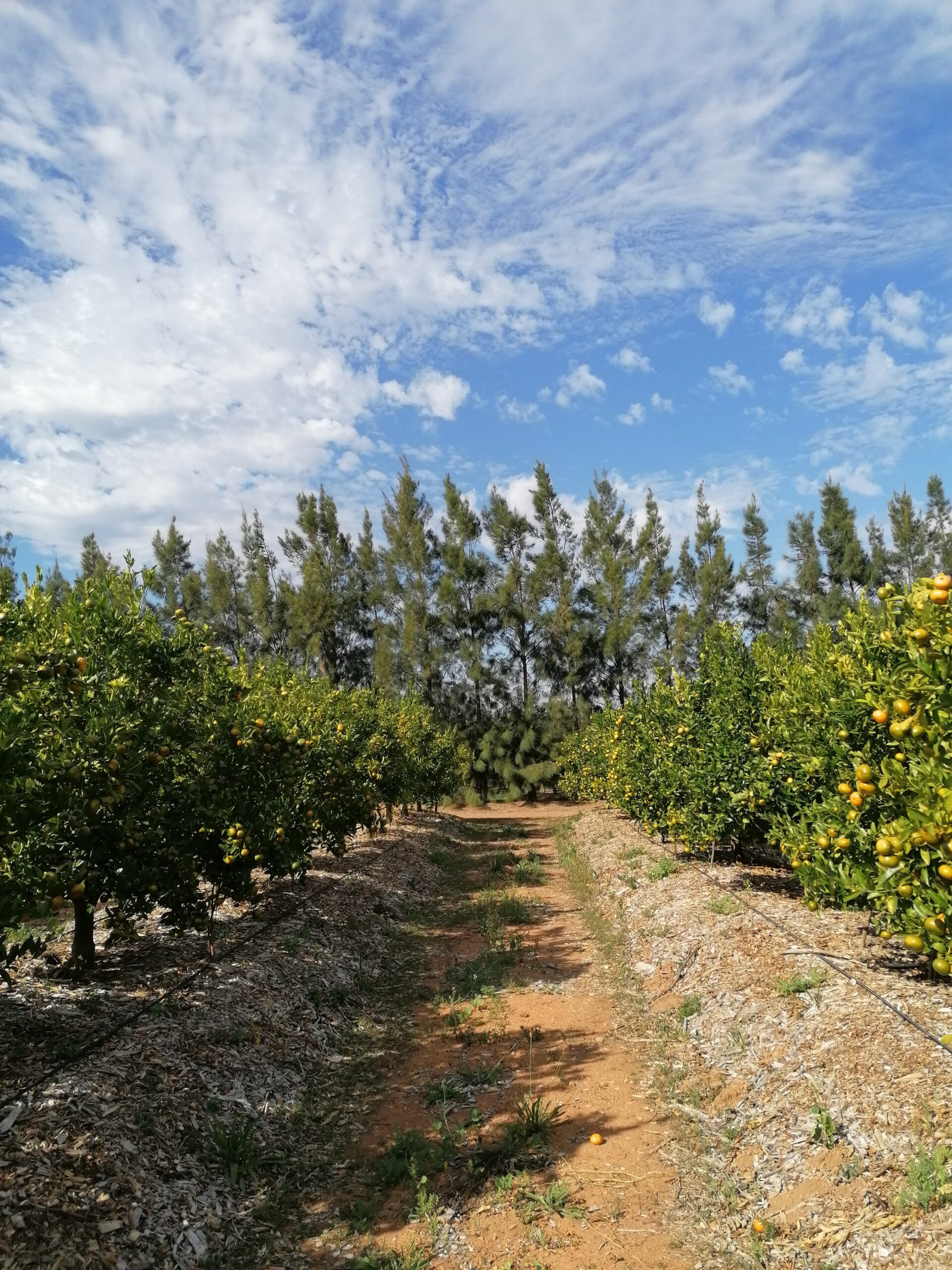Southeasterly (SE) winds in the Western Cape in the latter part of the year can be especially damaging to young mandarin fruit, because it coincides with the first 12 weeks after petal drop. When the winds become more intense between October and December, it can cause up to 87% of the total severe wind scar damage seen in a season. However, if managed correctly, suitable windbreaks or other forms of wind protection can minimize such losses, and result in a higher quantity of export quality fruit, so says junior researcher Mr Heinrich Geldenhuys, who graduated in April 2022 with an MSc in Horticultural Science from Stellenbosch University (SU).
About the value of his study, Geldenhuys says: “Much of what we know about the impact of windbreaks and their use, especially in the Western Cape, was last researched in the early 2000s. Understandably, the industry has since had many other issues to consider in terms of research, such as how to control false codling moth and mitigate alternate bearing. However, windbreaks are not a topic that one can simply let be, because their correct use can benefit fruit quality and producers’ profit margins.”
Some of the research findings from his MSc were recently published in the journal Erwerbs-Obstbau (Springer).
Since completing his studies, he has joined Citrus Research International as a Citriculture research technician, and is associated with the SU Department of Horticultural Science.
Mandarins
His study was conducted in ‘Tango’ mandarin (Citrus reticulata) orchards around Stellenbosch, where Beefwood (Casuarina cunninghamiana) and Chinese poplar (Populus simonii) were planted as windbreaks at different distances from the citrus trees.
“The end of year winds, just after fruit set, are more damaging than winds being experienced in July and August when late-mandarins are typically harvested,” notes Geldenhuys.
Small, immature mandarin (Citrus reticulata) fruit were found to be extremely susceptible to cosmetic blemishes caused by wind scarring.
Geldenhuys says that although wind can significantly affect how citrus looks, his studies showed that it very seldom has an influence on the pulp of the fruit and its eating quality. In most cases, it also does not significantly affect the yield and production of citrus trees within an orchard that is surrounded by windbreaks.
Tree-based windbreaks do not provide uniform protection for an entire orchard, notes Geldenhuys. Their effectiveness across the orchard depends on the height of the windbreak, porosity, and the wind speed.
During his studies, the highest packout of Class 1 fruit was harvested from trees growing closest to the windbreak. Trees in the middle of an orchard tended to suffer more visible peel damage.
“Practically, windbreaks cannot be established at the ideal spacing of 50 m distance intervals for maximum wind protection, because it will mean that valuable production space is lost, along with direct competition between trees for sunlight, nutrients, and water,” he notes.

Heinrich Geldenhuys in one of the orchards where he did his studies. He received an MSc in Horticultural Science from Stellenbosch University in April 2022. (Source: Heinrich Geldenhuys)
Windbreaks or shade netting?
The results of the current study confirm the impact of wind on external fruit quality and the limitation of tree-based windbreaks with an increase in distance. It partly supports the current movement towards fully covering orchards with shade nets.
Geldenhuys says that such a move has its pros and cons: “Many producers are turning to shade netting these days due to exceptional packout rates, but the initial investment cost can be quite steep for most farmers. Also, the long-term impact of netting on the farm’s carbon and plastic footprint is still an area of uncertainty.”
Managing windbreaks
Geldenhuys warns that producers cannot simply let their planted windbreaks grow without maintenance, as the trees do need constant management and care to function optimally. Results from his postgraduate studies have confirmed that properly managed windbreaks lead to greater volumes of export quality fruit.
Some of his advice in this regard are to:
- Make sure that there are no obvious gaps between the windbreak trees. Replant trees immediately where ones might have died.
- Prune dense windbreaks to allow sufficient airflow and to therefore reduce very high wind speeds and turbulent airflow in the middle of the orchard.
- Remove dead branches and long shoots which cause shading within the orchard, to reduce competition for sunlight.
- Consider root pruning, as it can be beneficial for windbreak species like Casuarina which tend to compete with adjacent fruit trees.

Wind cause external damage to citrus fruit. (Source: Heinrich Geldenhuys)
Further efforts
Geldenhuys, who hails from Ceres, says some of his findings will be included in a new book, “Windbreaks in modern agriculture and horticulture” that is being edited by his MSc supervisors, Dr Elmi Lötze (extraordinary senior lecturer, Department of Horticultural Science, Stellenbosch University; Agri Technovation, South Africa) and Dr Maik Veste (CEBra-Centre for Energy Technology; University of Technology Cottbus-Senftenberg, Germany).
Geldenhuys’ research project formed part of a larger FarmImpact project funded by the Federal Ministry of Education and Research in Germany, and led by Dr Veste.
Dr Veste’s FarmImpact team, along with SU researchers, are currently looking into whether new local tree species can be plant as alternatives in windbreaks.
Source: Faculty of AgriSciences, Stellenbosch University









